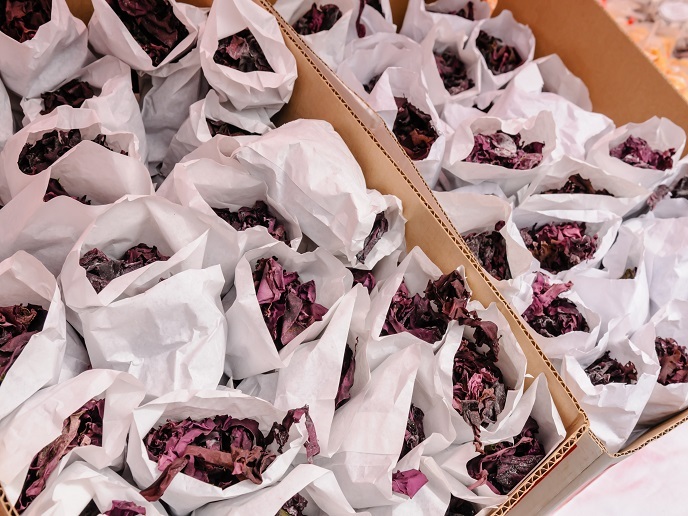A ‘shotgun’ approach to fish metagenome reveals gut bacteria connections to health
Once a fledgling industry, aquaculture has become the fastest-growing food sector worldwide; it is now producing more fish for human consumption than what comes from wild fisheries. The key to securing continued development of sustainable aquaculture is to increase feed efficiency. The feed conversion ratio(opens in new window) is a major indicator of feed efficiency and describes the amount of feed used to grow a kilogram of fish. Knowing how much feed will be needed allows a farmer to determine profitability. Besides offering a measure of aquaculture production efficiency, the feed conversion ratio also indicates the fish’s ability to convert animal feed into the desired output. Inefficient ratios place a burden on the environment.
Fish health at the hands of bacteria
Lately, animal proteins have increasingly been replaced by plant-based ingredients in aquaculture diets. The effect on the related metabolic processes that regulate fish health and growth of this strategy remains unknown. Identifying beneficial bacteria would help optimise feed efficiency and make farmed fish immunity stronger. Promising solutions for optimising feed efficiency and fish health stem from recent studies on metagenome sequencing, focusing on how the gut microbiome interacts with metabolic and immunological pathways in humans and mice. Funded by the Marie Skłodowska-Curie Actions programme, the HappyFish project investigated the different functions of gut bacteria and their role in the overall health of farmed fish. Furthermore, it explored how different feed formulae interact with the gut microbiome of the rainbow trout – a commercially important fish species for aquaculture worldwide – and how to optimise these formulae in the future.
A modern metagenomics method
State-of-the-art aquaculture research has largely used a simple gene marker that allows for only comparing the groups of bacteria found in the fish gut microbiomes. HappyFish significantly advanced microbiome research in the field by pioneering the use of so-called shotgun sequencing(opens in new window) in the rainbow trout metagenome. This method enabled researchers to decipher the functional properties encoded by genes in the microorganisms that make up the gut microbiome of the rainbow trout. “We first chopped the whole metagenome up into pieces that are small enough to sequence,” explains Morten Limborg, HappyFish coordinator. “The challenge was then to sort out the partial sequences and assemble them into specific metagenomes by putting these overlapping fragments in the same way you would put together a puzzle.” Researchers met this challenge using advanced bioinformatics tools. “We characterised for the first time the functional roles of symbiotic microorganisms that contribute crucial functions to their rainbow trout host. Examples include the ability of some microorganisms to improve feed conversion into biomass (feed conversion ratio), thereby reducing waste,” adds Limborg. The team, including PhD student Jacob Rasmussen, also observed interesting patterns of specific bacteria that were significantly more abundant in fast-growing fish.
Looking into the future with confidence
HappyFish is breaking new ground in the move towards more sustainable food production in the aquaculture sector. Limborg concludes: “Results should facilitate developing more effective feed protocols that can ‘work together’ with the beneficial gut bacteria to boost growth and health of farmed fish.” Proper feed that can modify the natural components of the gut microbiome could reduce feed costs, minimise the negative impact on the environment and eliminate the use of antibiotics.







